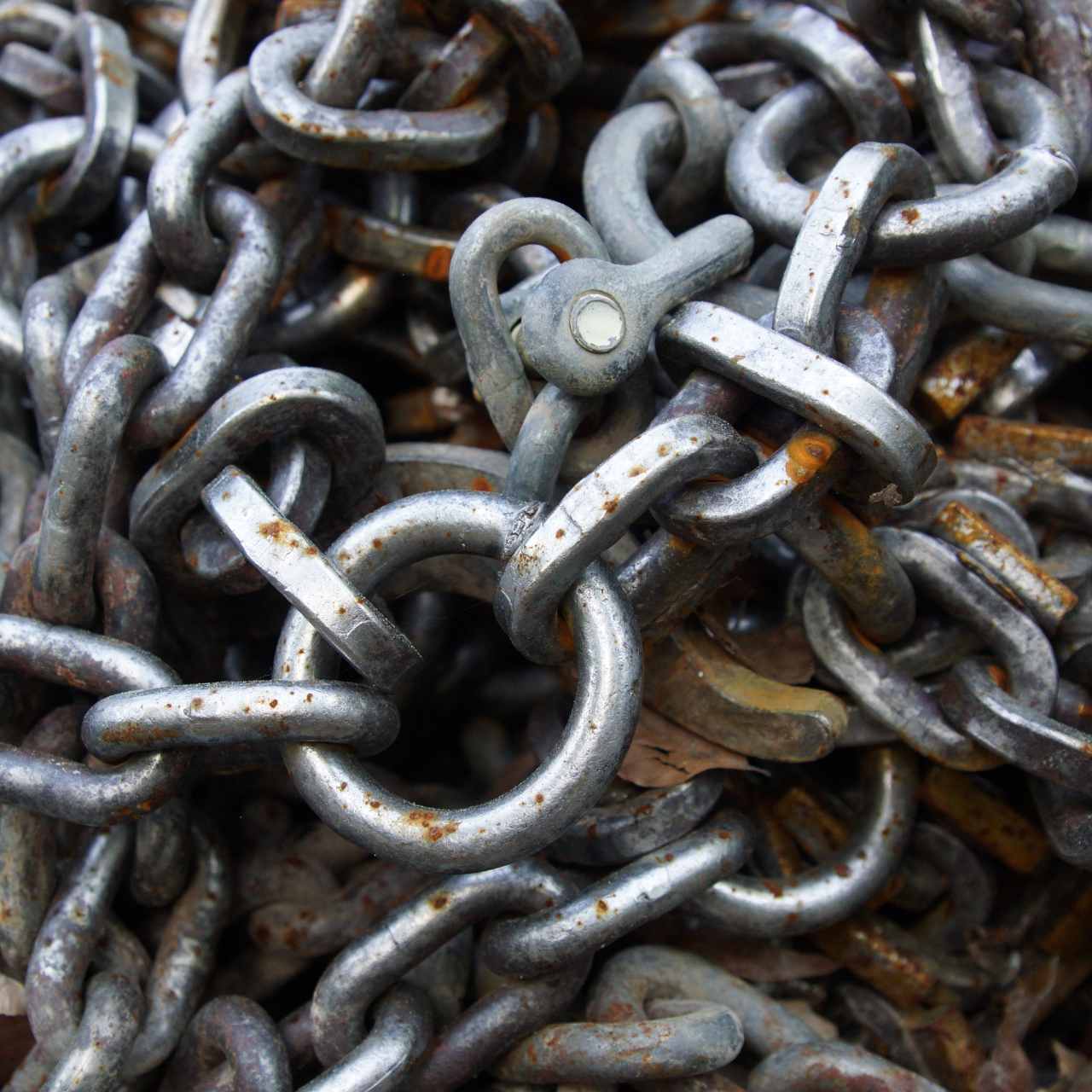Have you ever wondered about the difference between iron and steel? It's a common question, and the answer can be a bit complex due to historical usage and modern manufacturing techniques. In this post, we'll break it down into easily understandable terms.
Firstly, let's clarify the traditional definitions: Iron was typically considered to have a carbon content below 0.4%, while steel was iron with a carbon content of 0.4% and above. This differentiation stemmed from the ability of carbon to harden the material, making it suitable for various applications.
However, technically speaking, iron is an element, and pure iron is relatively rare. When we extract iron from the soil for practical use, it's challenging to achieve absolute purity. Pure iron is soft compared to what we commonly refer to as "iron" today. It's essential to understand that what we typically use is steel, which is iron alloyed with carbon and sometimes other elements.
Historically, bloomery iron, produced in bloomery furnaces, had a low carbon content, making it suitable for forging but too soft for tools. On the other hand, cast iron, with a higher carbon content, was too brittle for most applications. Today, modern steel production methods allow for precise control over carbon content, resulting in a wide range of steel alloys tailored for specific purposes.
Mild steel, often referred to as old iron, typically contains around 0.2% carbon and is malleable and versatile. High-carbon steel, on the other hand, contains more than 0.4% carbon and can be heat-treated to achieve hardness, making it suitable for tools and cutting edges.
Beyond carbon, other alloying elements such as chromium and manganese can be added to iron to create specialized steels like stainless steel and heat-resistant alloys. The versatility of steel lies in its ability to be modified to meet diverse requirements, resulting in an endless array of steel varieties with unique properties.
To sum it up, everything commonly referred to as iron in everyday use is, in fact, steel. Understanding the terminology can be confusing, but using terms like mild steel and high carbon steel can provide clarity. Mild steel encompasses iron with a carbon content of up to 0.4%, while high-carbon steel is suitable for tool making due to its higher carbon content.
We hope this post has shed some light on the distinction between iron and steel. If you have further questions, don't hesitate to reach out. Until then, take care and keep exploring the fascinating world of materials!

